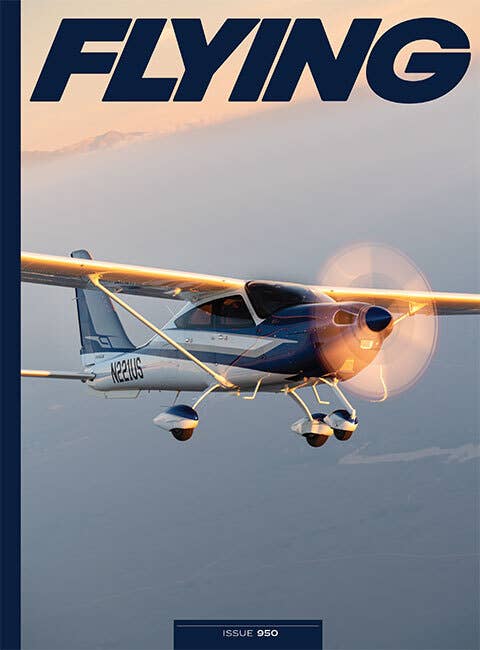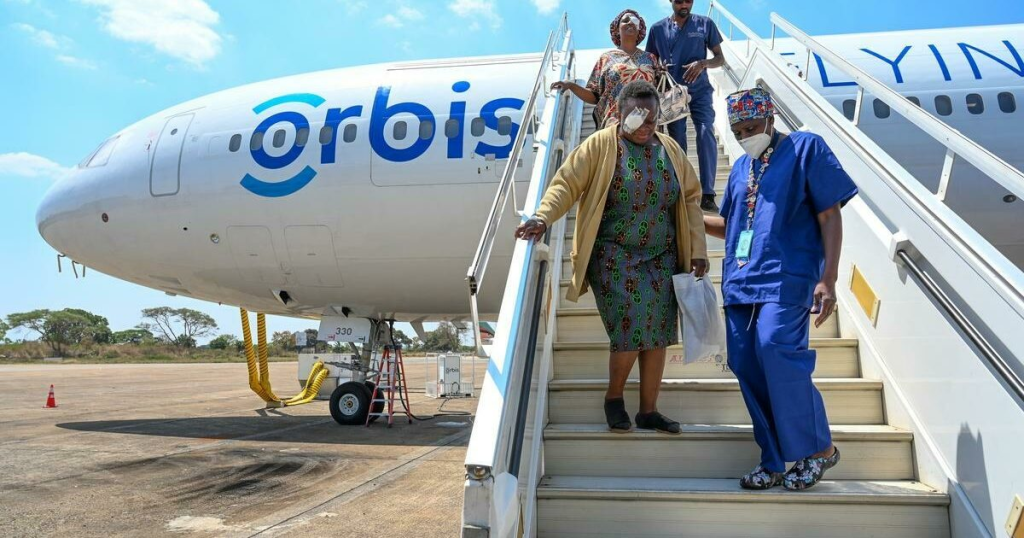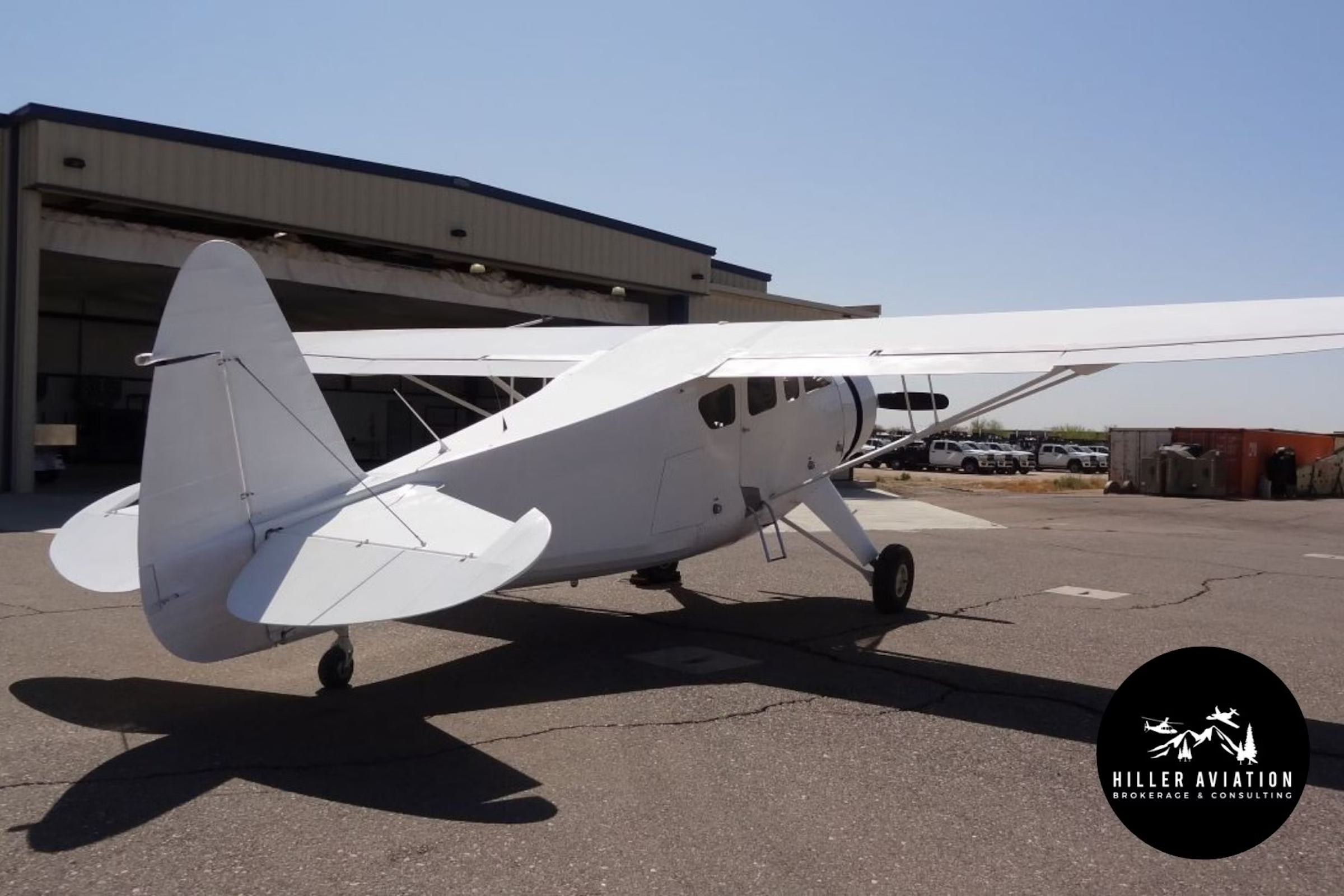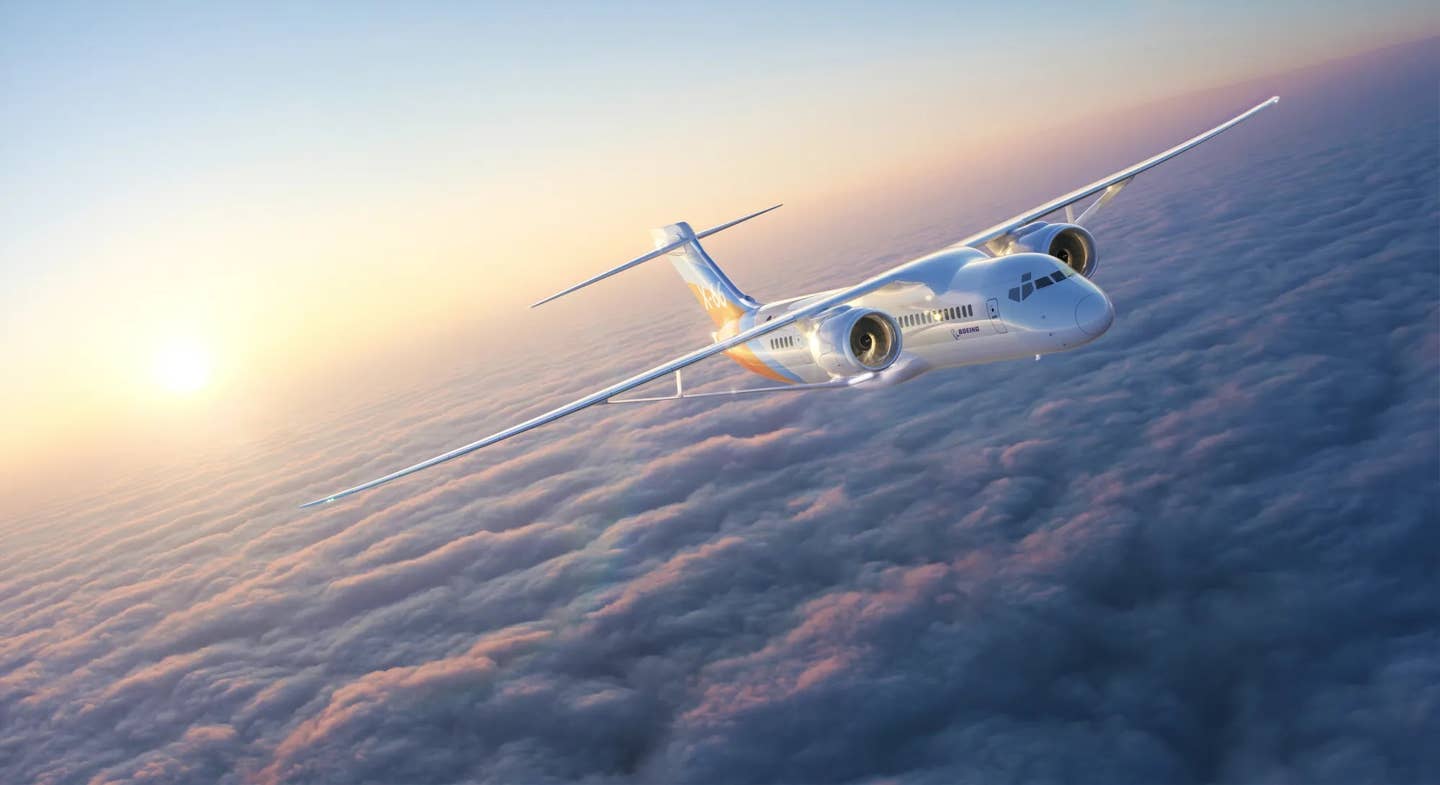Pilot Goldilocks: Not Too Much, Not Too Little, But Just Right
The fact is the closer we get GA to a science, the longer we live.
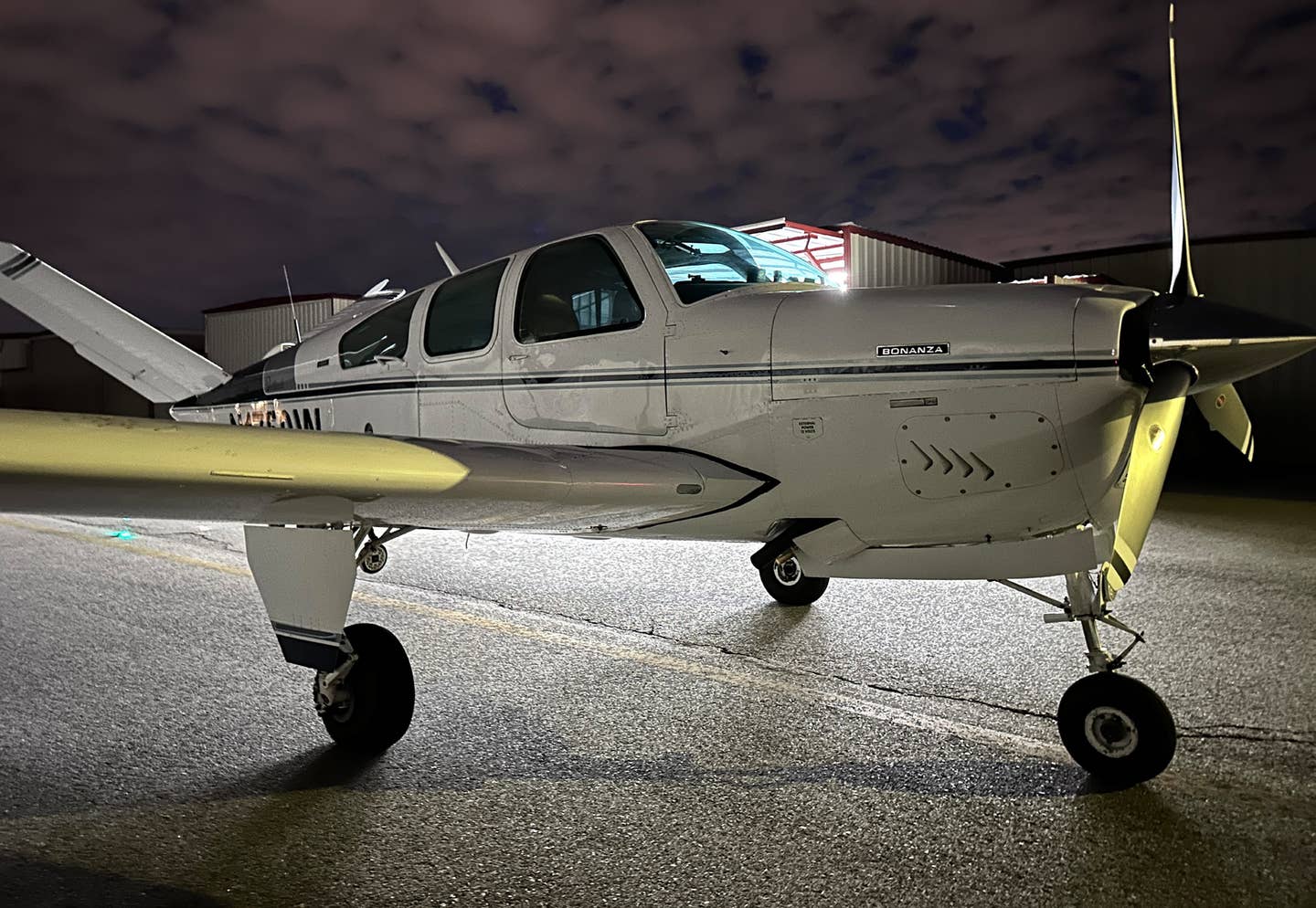
Flying by the numbers has become a part of my routine that has served me well over the years. [Courtesy: Ben Younger]
The segment between JINAT and FURRY on the ILS Zulu approach to Runway 16 right at California’s Van Nuys Airport (KVNY) is 4 miles long. It requires a descent from 4,900 feet to 3,800 feet.
In the clouds with a full workload between flying, communicating, and navigating, the last thing I want to start calculating is what engine settings to use to descend in a controlled manner. Not only that, the gear will come down at the end of the segment as I intercept the glideslope, materially changing whatever setting was just working in the initial descent. There’s also fuel, seat belts, and weather to be checked. Oh, and don’t forget to switch from GPS to LOC or you won’t pick up the ILS signal. There’s a lot going on, and we are not all that far from the ground and moving closer every moment.
If you're not already a subscriber, what are you waiting for? Subscribe today to get the issue as soon as it is released in either Print or Digital formats.
Subscribe NowEvery airplane will climb, descend, and cruise under specific combinations of throttle, mixture, prop, trim, flaps, and gear. But you have to learn the numbers first. Once discovered, these are settings that will produce highly reliable and repeatable outcomes in all envelopes of flight: climb, cruise, descent. Flying “by the numbers” is something we are generally not taught in our initial training as it is airplane specific, but it is supremely helpful in lessening workload and eradicating guesswork.
Flying the Fisk arrival into Oshkosh’s Wittman Regional Airport (KOSH) requires holding 90 kias at a set altitude. How are you going to do that? You certainly don’t want to start experimenting once you’ve entered the pattern. In my Bonanza, 90 kias requires power settings I otherwise never use. But experimenting back home, I came to learn what the “numbers” needed were to achieve that goal.
Flying at 5,000 feet in a practice area near my home field, I first tried normal power settings with gear down. The CHTs did not approve, quickly climbing past 380 degrees Fahrenheit. I pulled the power back and added different degrees of flaps, finally finding just the right combination. Once I entered the pattern in Wisconsin, I simply dialed in those engine/flap settings and watched as the plane found and settled at 90 kias.
It reminds me of doing prep work in the kitchen when I used to cook at a restaurant down in Costa Rica. I got thrown into the deep end as a friend needed me to take over as chef during the busy season. I quickly learned the more prep work I did in the afternoon, the better service went. Yes, some sea bass was unfortunately undercooked and sent back, but I never cut myself rushing to chop scallions for garnish. It was all done prior to service. Everything was laid out before me, close at hand.
My flying strategy: Focus on specific settings—not rely on guesswork. [Courtesy: Ben Younger]
On an instrument approach in IMC it’s crucial to descend in a controlled manner. Not too slow, not too fast, but that Goldilocks 500 fpm descent. For my plane that means gear down, 18-inch manifold pressure, 2,500 rpm, and a mixture that shows me 1,300 F exhaust gas temp. The only thing I have to adjust is the throttle during that descent, and not all that much, to keep it at 18 inches. Nothing else moves an inch. This allows me to focus on everything else going on in the most crucial envelope of flight. Any other anomaly in the cockpit can now receive my full attention because I’m not fiddling with power settings.
- READ MORE: It Comes Down to This: In Garmin We Trust
Every plane will have a different set of numbers. You will have to learn yours. I suggest you go up and experiment with different power, mixture, prop, trim, and flaps settings. Note the results. Then use them. This is where type-specific clubs are great. For Bonanzas, it is the American Bonanza Society (ABS). It has an online learning center that covers everything you could ever want to know about your Beech. It is prep work taken to the extreme. No undercooked fish—ever.
Tom Turner, the executive director of the ABS Air Safety Foundation, taught me the idea of flying by the numbers years ago, and it became etched in stone in my primate brain. This style of flying has served me well. It serves up a menu of flight envelopes. Input known settings, output is desired speeds. Want to do some sightseeing at 110 kias? Then I know 2,400 rpm, 17.5 inches, and 9.5 gph puts me lean of peak with low cylinder head temps and a fairly quiet sound signature. Done. No thought involved.
Flying by the numbers applies not just to speeds and altitude profiles but leaning practices as well. I keep a list of altitudes on my “scratchpad” in ForeFlight that shows me every altitude between 4,000 and 16,000 in 500-foot intervals. Over the course of a year, I recorded the temperatures, altitude, and the mixture setting in gph. While it took a while to gather the figures, I now have data points for my desired fuel flow (between 20 and 50 degrees lean of peak) at every altitude I could possibly find myself. This means I can now lean quickly to the number in my notes, which diminishes my time in the red box—the area of operation around peak pressures inside the cylinders that is not a healthy place for the motor to linger. I then fine-tune if the temperature is different than listed. More fuel if the temp is colder, less fuel if warmer. But I’m never searching, never guessing.
There is this myth around the seat-of-the-pants pilot who feels everything in his tuchus and is guided by the spirit of the Wright brothers along with Bob Hoover’s never spilling a drop while inverted pouring iced tea. And maybe those guys really could do it without referencing numbers. I can’t. The myth I ascribe to is that bear whose porridge and CHTs are just the right temp and whose descent profile looks identical on every approach.
Flying by the numbers may not be as sexy as that worn-bomber-jacket, stick-and-rudder fantasy we have in our heads, but the fact is the closer we get GA to a science, the longer we live.
This column first appeared in the February Issue 955 of the FLYING print edition.
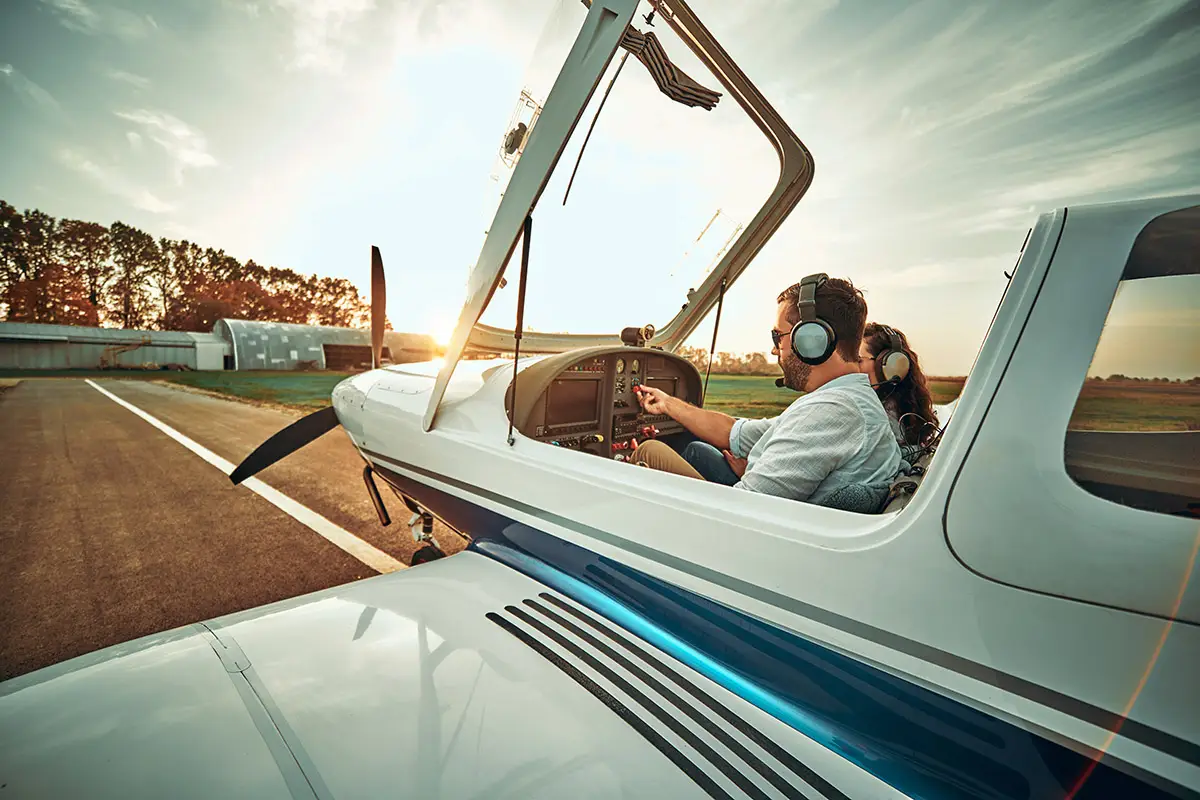
Sign-up for newsletters & special offers!
Get the latest FLYING stories & special offers delivered directly to your inbox

